1 milliard til å bekjempe antibiotikaresistens

WHO, EU og farmasøytisk industri har gått sammen om et initiativ for å motarbeide antibiotikaresistens. Initiativet inkluderer et fond på 1 milliard dollar.
Initiativet ble presentert i Berlin torsdag ettermiddag på et arrangement der blant andre sjefen for Verdens helseorganisasjon, Tedros Adhanom Ghebreyesus, og helseministrene fra Danmark og Tyskland var til stede.
Større krise enn covid-19 og kreft
Antibiotikaresistens beskrives som en helsekrise som potensialet kan koste mer i kroner og menneskeliv enn kreft og covid-19, skriver Novo Nordisk i en pressemelding. Farmasigiganten er blant dem som står bak det nye initiativet og fondet, som har fått navnet AMR Action Fund. AMR står for antimikroberesistens.
– Dette er en av de største globale helsetruslene, som verdenssamfunnet må gå sammen om å løse. AMR Action Fund er et viktig initiativ fordi det skal være med på å sikre at det utvikles ny og effektiv antibiotika, sier Danmarks helseminister Magnus Heunicke på den virtuelle presselanseringen i Berlin.
Les også: Antibiotikaresistens er helsesektorens «klimakrise»
Spår 10 millioner døde per år
Ifølge Novo Nordisk døde 700 000 mennesker i verden i fjor som følge av infeksjoner forårsaket av resistente bakterier. Tallet spås å stige til 10 millioner i året innen 2030.
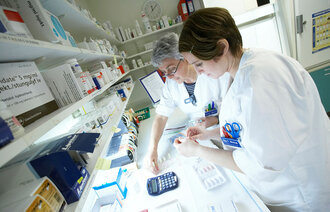
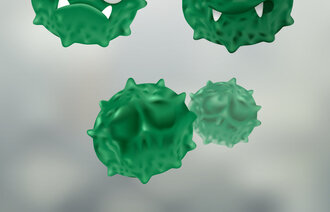

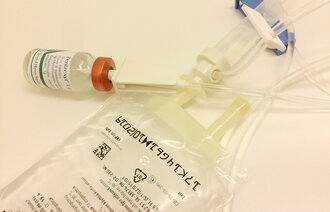






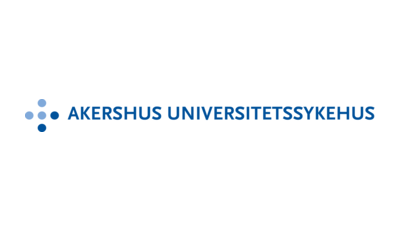



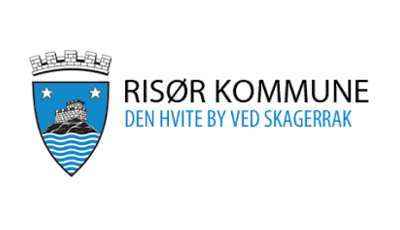
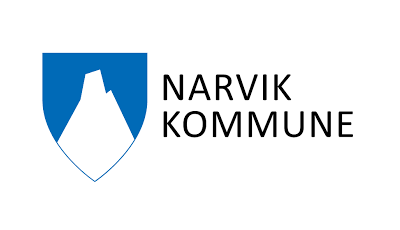






0 Kommentarer